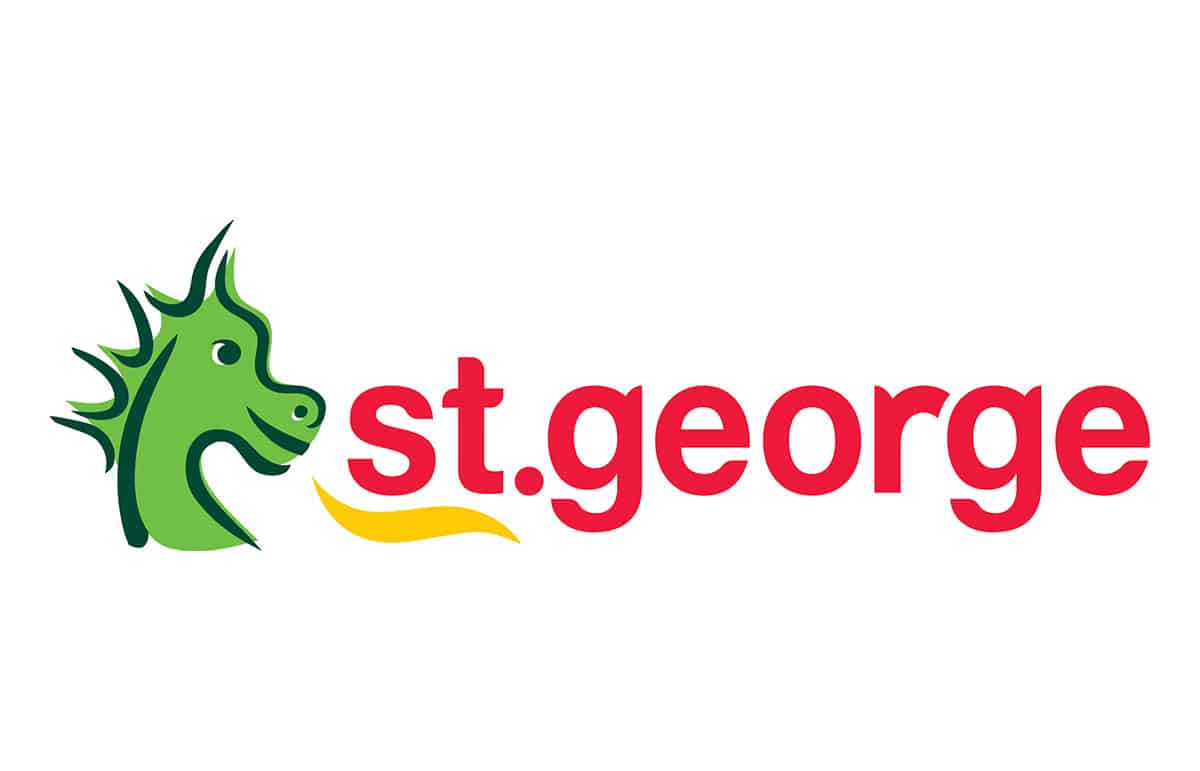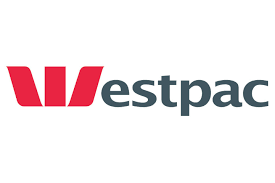Are you spending or saving?
This is the first major decision you’ll need to make: do you want an everyday transaction account with lots of additional features, a savings account which will earn you interest, a term deposit which will get you an even higher interest rate, or an offset account that will save you paying interest on your home loan?
What type of phone do you have?
If you wish to use contactless payment methods and have a digital wallet on your phone, make sure the bank, building society or credit union you choose allows contactless payments through your type of phone. For example, some financial institutions don’t yet work with Samsung Pay but do use Apple Pay or Google Pay. Having your phone, smart watch and banking apps working seamlessly together can make life run more smoothly with less annoying technological hiccups.
Do you have an existing debit or credit card?
Some banks and financial institutions are paired with either Visa or Mastercard and use the one card exclusively. If you wish to keep your particular credit or debit card, make sure the bank you open an account with will let you link your particular card to their accounts. It can make life difficult if your bank uses Mastercard and you have a Visa credit card or vice versa.
Do you like your banking to be automated?
If so, you could look at an account with an online bank, as these banks often have the most sophisticated online platforms which can offer advanced banking features such as account sweeping, bill predictions and payment calendars. It may be best to open a transaction and savings account with the same financial institution to enable transfers between accounts to take place with no time delay. These days, though, most institutions offer a comprehensive online service.
Do you often withdraw cash from ATMs?
If this is you, you can look at an account that offers free withdrawals from any ATM in Australia, rather than being charged for using another bank’s ATM each time you withdraw cash. If you do use an ATM often, these $2 to $2.50 ATM charges for using another bank can soon add up and erode your savings. If you travel frequently, look for an account that has free overseas ATM transactions permitted.














